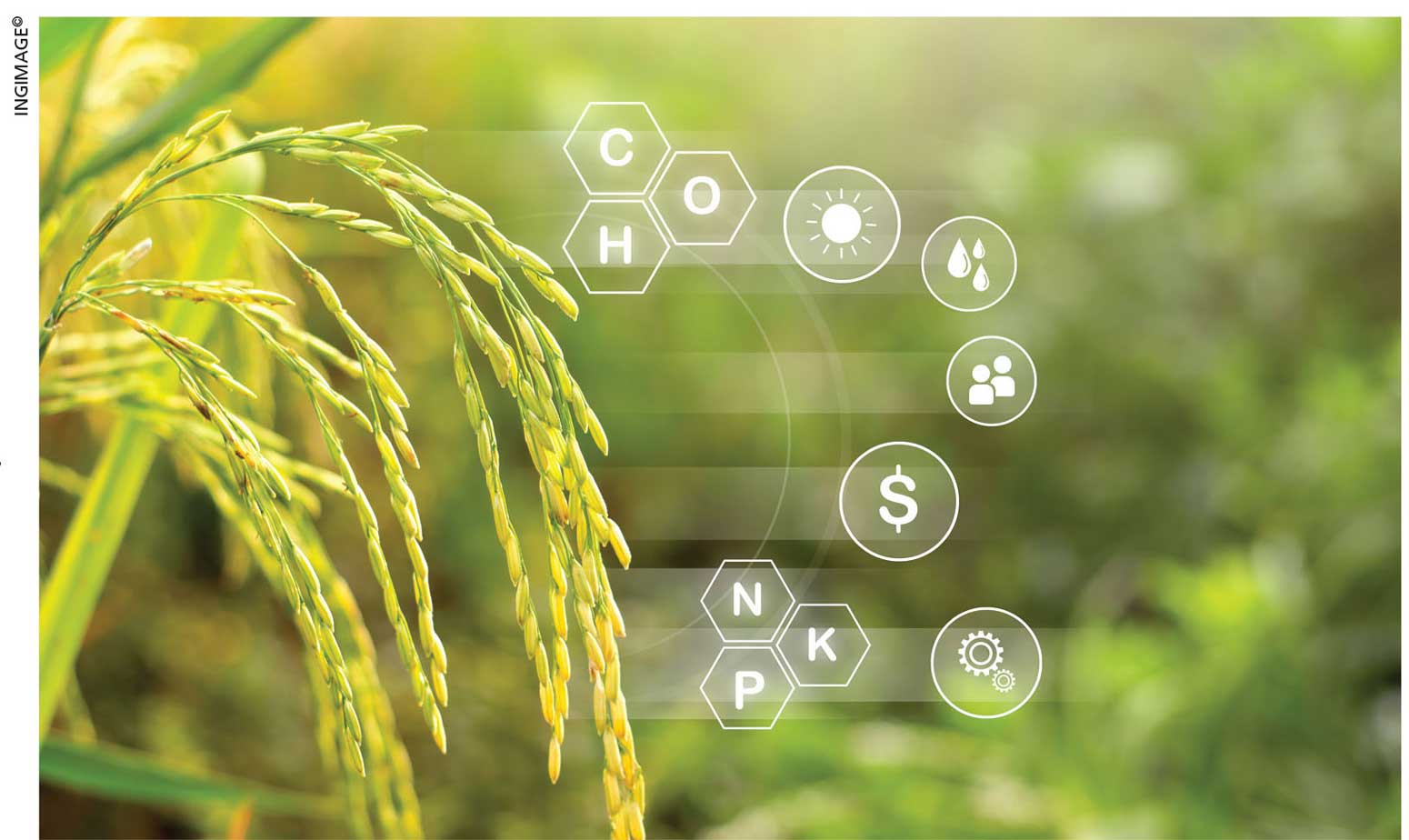AGRICULTURE SECTOR
FARMING NEEDS REIMAGINING
Akila Wijerathna explains why innovative crop generation deserves consideration
The world’s population is projected to increase by 34 percent to 9.1 billion in 2050, and the majority of this growth will occur in developing nations. The rate of urbanisation will also increase by 2050 with 70 percent of the global populace residing in cities.
To meet today’s demand alone we are already pushing the limits of environmental excess as traditional agriculture uses enormous resources. Currently, 70 percent of the water used worldwide is for agricultural production, mainly due to unsustainable irrigation methods.
Climate change and rising biofuel production pose significant threats to long-term food security. Even though southern hemisphere nations aren’t the primary causes of climate change, they face the most critical difficulties due to decreased yields and increased extreme weather events.
Growers are increasingly aware that crops may be grown hydroponically indoors anywhere and at any time of year regardless of the weather. Additionally, hydroponic farming has the potential to deliver local fresh food to places that experience severe drought and possess poor soil.
Vertical farms begin with a regulated environment to ensure that developing plants have all they need to thrive. Next, hydroponics is implemented – specifically, through a series of shelves where water floods each shelf according to a timer – to provide the level of nutrients that plants require to flourish. By growing plants in many layers, this shelf system enables more productivity with each square foot of floor space.
Today, we could have access to locally grown wholesome food. Transporting commodities across borders and throughout the nation is no longer necessary. Now, food can be generated for the neighbourhood. This indicates that the meal is wholesome and fresh. Food waste is reduced since indoor farms may grow crops according to regional tastes and needs.
And since they are cultivated in sterile and regulated settings, growers don’t need to use herbicides or pesticides. Furthermore, because it is consistently grown in the proper climate, the product is remarkably consistent. Other environmental advantages include water savings.
Vertical farms provide a solution that guarantees supply to any community, and restores the flavour and nutritional value of produce.
Aside from pollination, there are many other ways that agriculture may use drones (such as with overhead drone photography) for a quick glance at fields, automated crop harvests and possibly even for delivery in the future.
Blockchain ledgers can record and update the status of crops, from planting and harvesting to storage and distribution. Traceability and supply chains are the focus of most early applications of blockchain in agriculture. It can also be used for resource management such as tracking equipment maintenance logs or other sensors and equipment.
By adopting blockchain to increase food chain transparency, producers hope to increase consumer confidence in the food system. Food businesses can track produce batch by batch and audit them in real time as they pass along the food supply chain.
Growing concerns include water availability, environmental consequences and soil health. New technologies will help them better handle these difficulties. Israeli enterprise Phytech, working with Syngenta, has developed a monitoring system featuring plant growth and soil moisture sensors, as well as a microclimate unit.
Mobile devices and laptops can access monitoring data for immediate action. Satellite and aerial photography to monitor crop growth will become commonplace. Future precision technology will reach plants.
This smartphone platform combines predictive algorithms and data analysis capabilities, to provide real-time crop health and environmental suggestions. Phytech helps growers make day-to-day decisions that affect crop quality, yield and water use.
Smart systems collect and analyse data using cutting-edge sensors, wireless connections and revolutionary software. As a result, thousands of Phytech solutions assist leading customers to achieve higher yields while limiting resource use, lowering cultivation expenses and conserving the environment.
Data analytics and the internet of things make farming, which is heavily weather dependent, more predictable. The more data farmers can collect, the easier it is to track the business and enhance food quality, quantity and delivery while maintaining confidence in their decisions. If precision agriculture reaches mainstream acceptance, IoT will be the key trend that increases food production while reducing field sizes and environmental effects.
Cellular agriculture involves the growing of animal products from cells. It uses cells to create animal products without raising or slaughtering animals. Genome editing will be essential to feeding the world with a burgeoning population and harsh environmental conditions.





